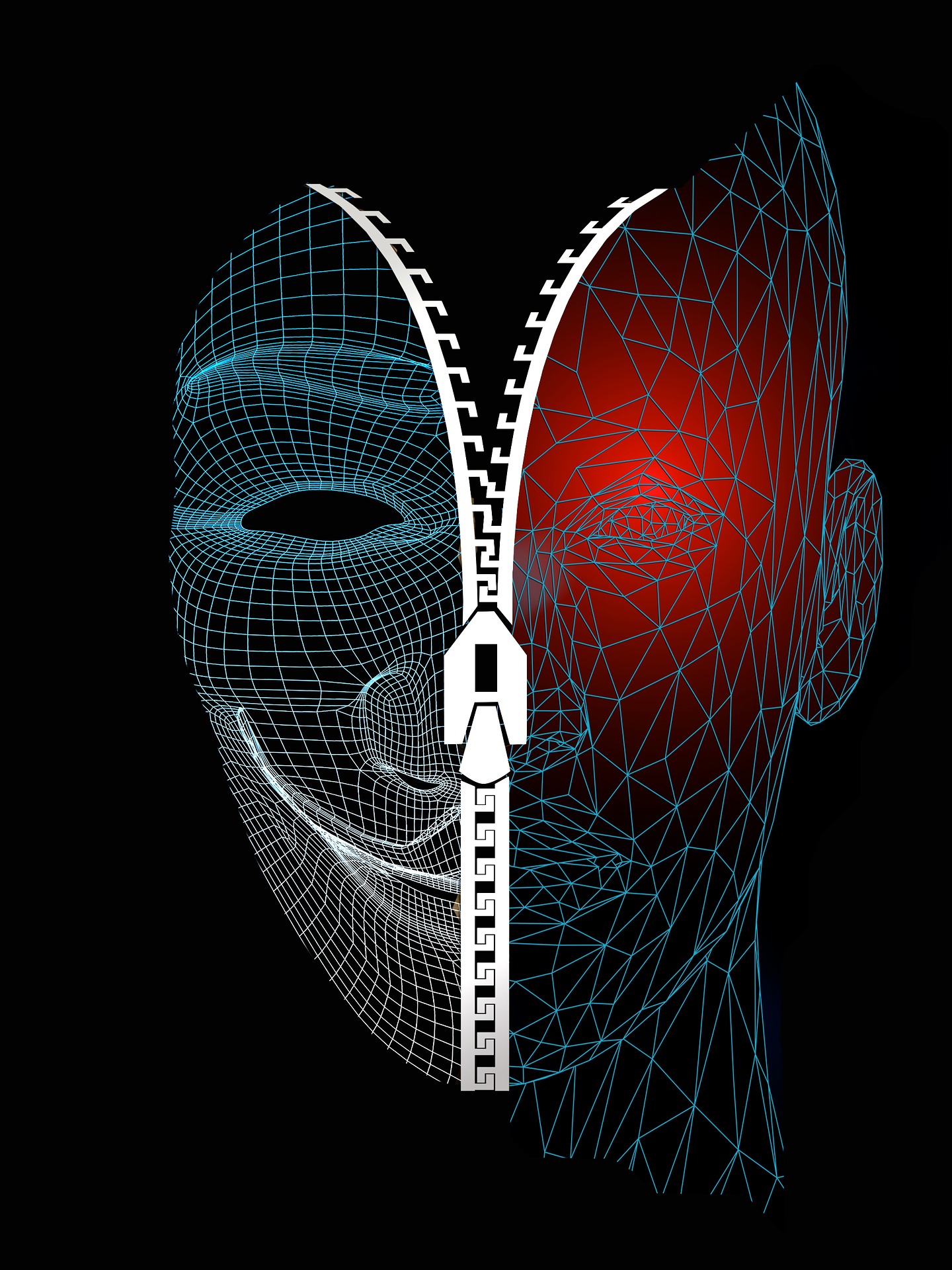 Submitted by Kyra on
Submitted by Kyra on

The survival and evolution of human beings rests on their unparalleled ability to think. Descartes’ reflection, ‘I think, therefore I am’, has forever reinforced thought to be the very foundation of human existence. As humans increasingly rely on their minds, the prefrontal cortex, the thinking part of the brain, has actually grown in size and its capability.
Yet, this powerful gift does not automatically lead to gaining insights or acquiring wisdom – in fact, usually, it comes in the way. It is not the ability to think, but to consciously stop thinking, that’s most valuable. That alone paves the way for self-realization and singularly makes the human form precious.
Limitations of our thoughts
Our thinking capability is severely limited. Our thoughts are a result of our conditioned beliefs and are thus significantly restricted by our personality orientation, environment and experiences. As author Anais Nin noted, ‘We don’t see things as they are, but as we are’.
Goaded by our success with thinking through life’s mundane problems, we misconstrue that to be the most effective process of arriving at solutions. Consequently, we tend to over-think things – overlooking the fact that this approach employs merely a fraction of our mental capacity.
Besides, living in the head keeps us away from listening to our heart and engaging deeply in our relationships; the emotional noise created by our incessant mental chatter restricts us from performing at our peak potential.
The power of the subconscious
Far more powerful than our active mind is our subconscious mind. A deep reservoir of knowledge, spanning many lifetimes, it is a powerful gateway to the collective wisdom of the universe. Creating conscious moments of empty spaces between thoughts allows us to switch off from our active mind and access the subconscious. That’s what leads to new insights, peak performance and spiritual growth.
Creative people vouch for getting their most inspirational ideas in those moments. Mozart and Michelangelo have described it such. Scientists are known to find their breakthroughs during such stillness. Elite sportsmen, like Nadal, attribute their peak performance to their aptitude for shutting off all thoughts and letting the subconscious guide them.
Four ways to expand the space between thoughts
While some people have the gift, I believe, all of us can train to build such capacity. Here are four ways that can help.
1. Creating quiet time for reflection
The first step in that direction is to create quiet time for regular reflection. Most of us are so consumed by the rush of our busy lives that we fail to stop, pause and reflect. Creating conscious moments of solitude affords us the space to look within and connect with our inner wisdom. Spending time particularly in nature facilitates our slowing down and tuning in to our inner minds and the universe.
2. Trusting intuition
Secondly, we need to actively access the subconscious through our intuition – that ‘small voice of wisdom’ that resides within each of us. However, many a time, we fail to pay attention to that inner guidance. The more we trust this intuition, the more it grows – and the more it then leads us towards meaningful insights and action.
3. Staying in the present
Further, we have over sixty thousand thoughts in a day and our minds are forever traveling to the past or the future. Learning to stay focused on the present helps us relate to the potential of each moment and be detached from the instinctive preference for one outcome over the other. Letting go of our thinking mind is paramount for that.
4. Practicing mindfulness meditation
Finally, a sustained practice of meditation can take the idea of being present to a different level. Mindfulness meditation is greatly helpful in cultivating the capacity to temper our impulse to get embroiled in active thinking. Learning to merely watch our thoughts and, without judging them or getting attached to them, letting them pass away, aids us in experiencing moments of empty spaces between thoughts – those tiny moments of infinite potential.
Rajiv Vij
http://www.rajivvij.com/2013/10/clarity-exists-not-in-thoughts-but-in.html
- 564 reads